The Kingdom of Norway is quite small – just a narrow strip of land with barely 5 million inhabitants. But, despite its size, there are Norwegians and those of Norwegian heritage spread all around the world.
Some famous people such as Richard Ayoade, Sophie Dahl, and the British Royal Family all have Norwegian relatives. If you do too, here are some helpful tips on how to find them!

Norwegian emigration in a nutshell
Over the centuries, Norwegians have settled all over the world. It started with the Vikings, who settled mainly in the UK, Ireland and France, but also populated areas as far as Sicily, Turkey, Russia and the USA.
In the 1500s and 1600s, the timber trade with the Netherlands led a second wave of Norwegian emigrants. And, in the 19th century, over 800,000 Norwegians – almost a quarter of the population at the time – emigrated to the US. Other than Ireland, no other country had a larger percentage of its people move to the US.
 Are you a Viking?
Are you a Viking?
In the UK, the Norwegian Viking heritage is visible in words still used today in the English language. Also, many British people – especially those in Shetland, Orkney, the south of Scotland, Yorkshire and the north of England – have some Norwegian ancestry.
As experienced genealogists know, when tracing relatives back as far as the Vikings, we are all more or less related. Documentation and sources from back then are sketchy at best. Luckily, the Norwegian archive methods have vastly improved.
Discover your Norwegian relatives
With over 500,000 registered Norwegian users, MyHeritage is Norway’s most popular platform for building family trees online: 1 in 10 Norwegians have an account or a family tree on MyHeritage.
 This means that if you have Norwegian ancestry, and you know the names of your ancestors, you are likely to find some information about them– and even connect to an existing MyHeritage family tree through Smart Matches.
This means that if you have Norwegian ancestry, and you know the names of your ancestors, you are likely to find some information about them– and even connect to an existing MyHeritage family tree through Smart Matches.
Church records and census data
The first thing to look into when searching for Norwegian ancestors, is Kirkebøker. These parish registers were kept by local clergymen, and provide information about baptisms, confirmations, marriages, burials and other parish events. Since early Norwegian law required mandatory membership in the Lutheran State Church, Kirkebøker records cover almost 100% of the population, and are an invaluable research for discovering Norwegian relatives.
Some parish registers date to the 1600s, but most begin after the 1700s. Different from census records, Kirkebøker were updated quite regularly, making it easy to trace people’s lives over the years. Just make sure to search in the correct parish record as parishes may have merged or changed names over time!
National censuses were conducted in Norway in 1769, 1801, and every 10 years from 1815 to 1875. From the year 1890 (1891) a population census was taken every 10 years. From a genealogical standpoint, the best census is 1801, because it lists an individual’s name, age, occupation and family status.
Find Norwegian records online
MyHeritage includes an abundance of first-tier Norwegian records, as well as family trees created by Norwegian users. Search for your Norwegian relatives here. We are constantly working on adding more content from Norway and other countries, in addition to completing the indexing of records that we already have. So, if you haven’t found what you’re looking for, check back again soon!
In addition, the Norwegian National Archive is currently making all census data and Parish Registers available online. Other sources include real estate registers, emigrant registers, probate records, property tax records, legal proceedings and sanctions, as well as accounts and tax lists. When searching for people living in Oslo from 1903-1950, make sure to check the address books for Kristiania/Oslo and Aker.
Good Luck! Or as they say in Norway, Lykke til!
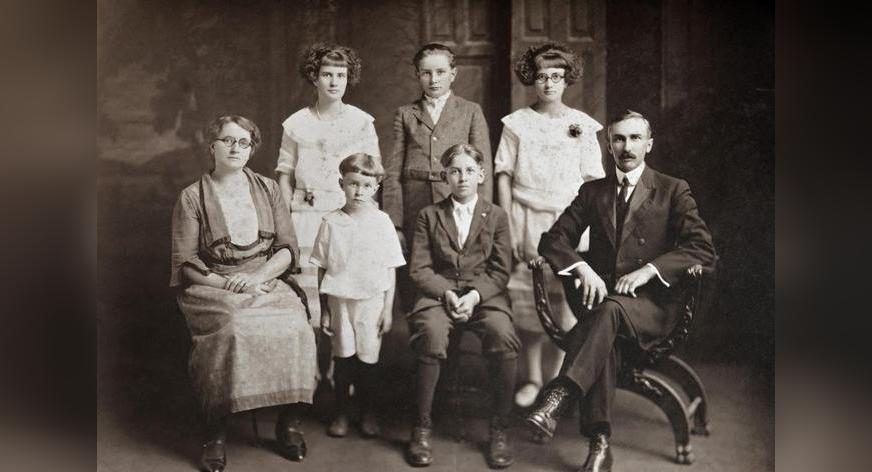




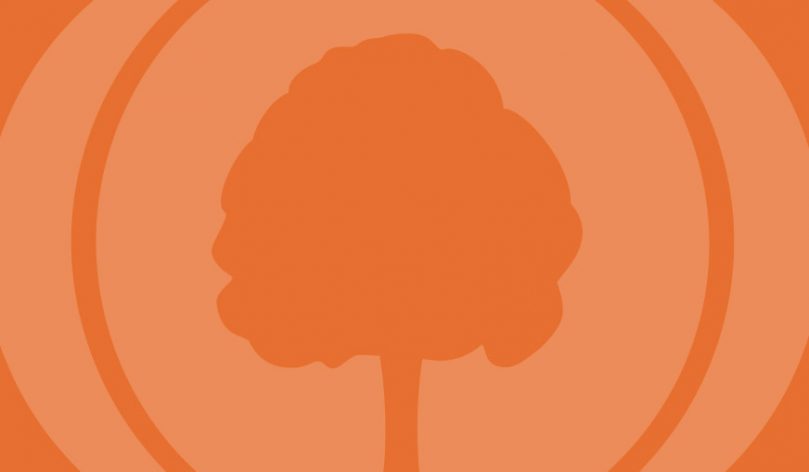
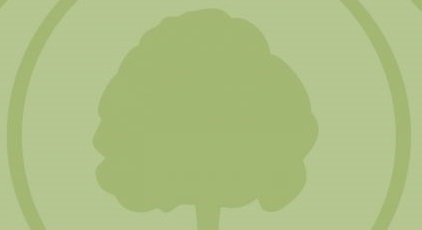


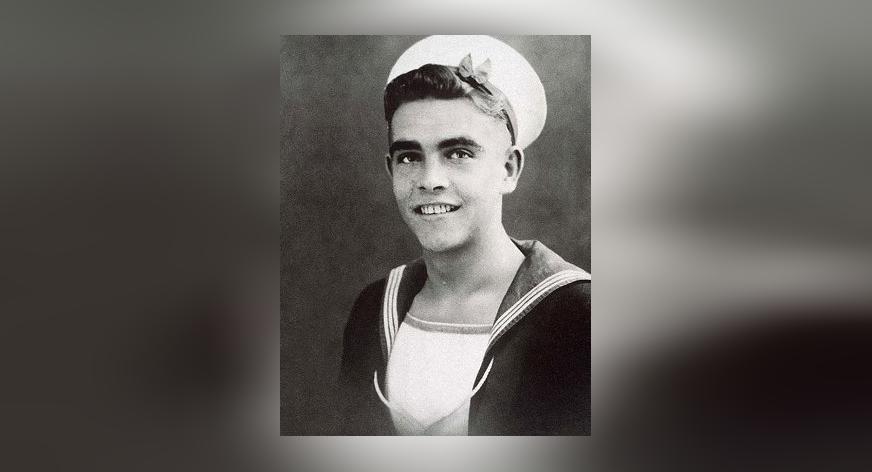
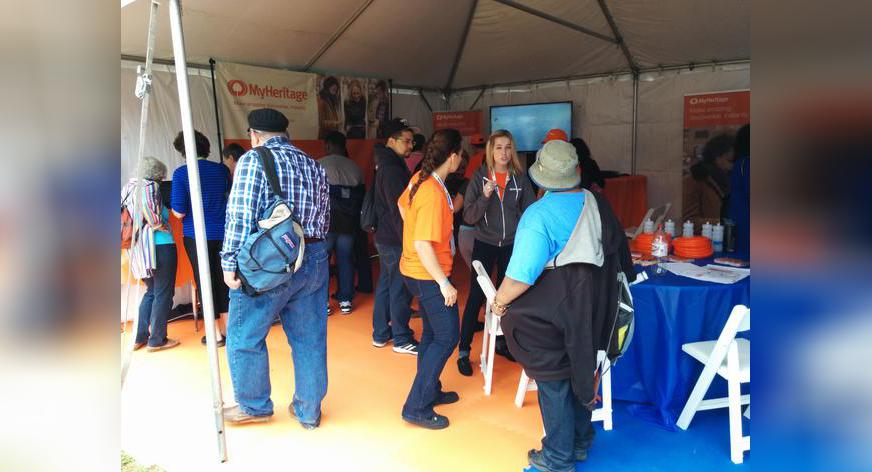
Liv Marit Haakenstad
October 12, 2015
“National censuses were conducted in Norway in 1769, 1801, and every 10 years from 1815 to 1875. From the year 1890 (1891) a population census was taken every 10 years. From a genealogical standpoint, the best census is 1801, because it lists an individual’s name, age, occupation and family status.”
Not at all! The 1801 census do not tell about family status. But it tells how many times a person have been married. It is hardly now names in census after 1801. First by the census 1865 names an family relations was recorded in the census again.
And if it is easy to find your relatives in Church Records? Well, it depends. If you are searching a Ole Olsen, and 50 % of the boys were called Ole, you will have to make sure you find the right one!